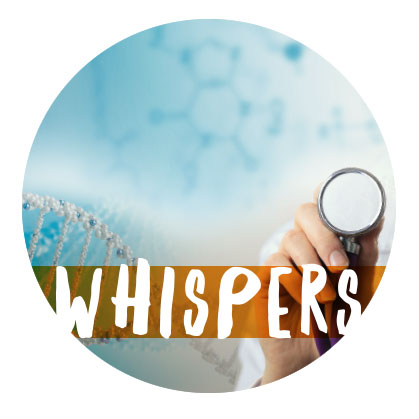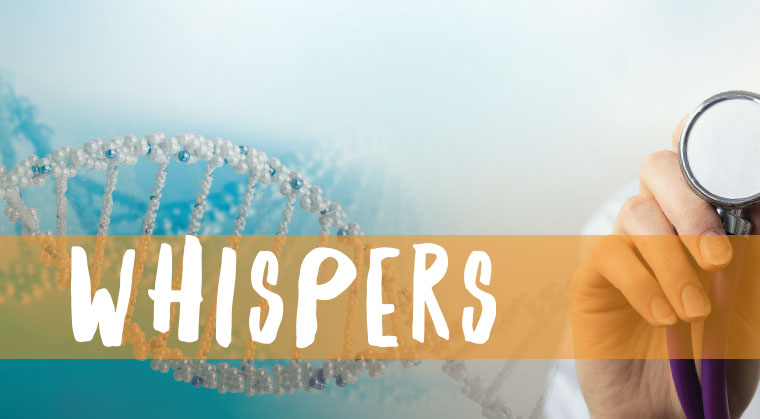Whispers: Chapter 9


How did I know I really had Marfan’s? Could it be I didn’t even own the suitcase of stuff I’d been carrying around with me?
A
s I processed my childhood, I hit on one big question: How did I know I definitely had Marfan’s?
I e-mailed my childhood doctor to ask: “We diagnosed you based on your symptoms, but we did not have a test available at the time to confirm that this was 100 percent correct,” the doctor e-mailed back. Whoa. Wait.
Could it be that I didn’t even own the suitcase of stuff I’d been carrying around with me?
With my new computer, and even more recent access to the internet, I began googling. There were so many facts available online about Marfan’s. I never knew that the high roof of my mouth was why I found it hard to speak clearly. As I looked at more pictures, I saw some very tall and extremely thin people. If I did have this thing, I definitely got it easier than some people, I realized.
Finally, I found what I was really looking for. “The gene causing Marfan Syndrome is located on the fifteenth chromosome and can be clearly diagnosed through genetic testing.” So there was a scientific way of figuring this out. I called my aunt living in Israel. Since I had moved here, she had been educating herself about my medical needs and she was more than happy to help me out.
Two weeks later, we were in a geneticist’s office in Tel Aviv. I felt awkward as Dr. Adiv asked me to stretch out my arms so she could measure their length. The doctor explained that most people with Marfan’s are usually not only tall, but also have long limbs. Hey, I was being treated like an adult! Not told to lie down and submit to a test I didn’t understand, but politely asked to assist them in helping me — and given a full explanation as to why each step was necessary. I had finally found a doctor who talked directly to me.
Scoliosis — check, aortic dilation — check, dislocated lenses in my eyes — check. My height at this point was in the normal range, but my thumb sign was strong. Putting my thumb in my palm and closing my fingers over it, I could see my thumb stubbornly sticking out the other side; when my aunt did the same thing, hers hid cozily in her palm.
Oops! We could not locate your form.







